Expand Your Business’s Reach With A Multilingual Chatbot


A multilingual AI chatbot makes effective communication across languages possible, enabling businesses to grow internationally. If you are looking to expand your business globally, language barriers can slow you down and create frustration for your customers.
A multilingual AI chatbot helps you overcome this challenge by responding to customers in their own languages, ensuring smooth and easy communication. This solution not only enhances customer satisfaction but also opens doors to new markets. Let’s explore how a multilingual AI chatbot can improve your business communication and support your global growth.
According to DataReportal’s Internet Adoption Report 2024, about 5.44 billion people, or 67.1% of the world’s population, use the internet.
While English is a widely used language, it accounts for less than 60% of web content and the remaining space is occupied by other languages, including Mandarin, Spanish, German, French, Japanese, Arabic, Hindi, and others.
Businesses must integrate multilingual AI assistants to compete in this global marketplace. Learn how AI chatbots can resolve common WooCommerce challenges as a part of your strategy.

A multilingual chatbot is a smart, advanced AI-powered conversational agent that can chat with people in multiple languages.
Multilingual chatbots are powered by large language models (LLMs) that use advanced natural language processing (NLP) and machine learning (ML) techniques.
Unlike monolingual chatbots that operate in only one language, multilingual conversational AI chatbots adjust to the user’s preferred language by using language detection. This ensures effective communication with a wide range of customers.

Traditional communication methods often fail to meet the needs of a diverse audience. However, the introduction of AI-powered chatbots is changing different industries, enabling businesses to engage with customers worldwide in their native languages.
Multilingualism becomes increasingly important as businesses expand their reach globally. It is important to understand language and cultural nuances. Businesses that provide multilingual help not only expand into new areas but also build strong relationships with a wide range of customers.
For people who don’t speak English, interacting with brands online can be frustrating. YourGPT Multilingual AI chatbot solves this by offering conversations in over 100 languages, making the experience smooth and frustration-free.
using a multilingual chatbot enables businesses to enter new markets, boost brand visibility, and boost revenue growth. This strategic advantage is particularly valuable in industries such as e-commerce, travel, and financial services.
When customers consistently receive support in their native language, their connection to your brand strengthens, fostering loyalty and trust. This leads to long-term customer relationships and increased brand advocacy.
Deploying a multilingual chatbot shows a commitment to inclusivity and customer-centricity, setting your business apart from competitors who may not offer multilingual support. This can be a significant differentiator in global markets.
By automating customer service in multiple languages, a multilingual AI chatbot reduces the need for hiring extra support agents. This improves efficiency and cuts costs at the same time.

Personalized customer service helps make customers happier and more loyal. When businesses talk to customers in a way that matches their needs, they build trust, make it easier for people to buy, and create stronger connections.
This leads to customers coming back, recommending the business to others, and buying more. In competitive market, businesses that focus on personal service do better and keep customers longer.
Example: When a customer in Japan reaches out to a U.S.-based online store, the AI chatbot responds in Japanese right away. No need for manual translation—just instant support, leading to higher customer satisfaction.
Businesses can grow internationally without significantly increasing their customer service costs. This strategy allows companies to reach new markets while keeping expenses low.
Using technology to improve processes, they can offer worldwide customer support without spending much more money. This approach not only helps businesses expand but also improves their overall profits.
Example: A startup uses a single AI chatbot to handle customer inquiries in Spanish, French, and German, significantly lowering the cost of hiring language-specific support teams.
Using a multilingual AI chatbot can turn more visitors into buyers by communicating in their preferred language. This strategy makes customers feel more comfortable and understood, which encourages them to complete their purchases.
By providing support in different languages, businesses can connect with a wider audience and boost their sales. Ultimately, this approach leads to higher engagement and better conversion rates.
Example: An e-commerce platform sees a 30% increase in engagement from non-English-speaking territories after implementing a multilingual chatbot.
By accommodating diverse linguistic needs, businesses attract more customers and stand out in competitive markets. Offering support in multiple languages enhances customer satisfaction and strengthens the brand’s position.
Example: A travel agency offers real-time multilingual support during the booking process, distinguishing itself from competitors that only provide support in English.
A multilingual AI chatbot reduces workload from human agents to tackle more complex customer needs. This helps businesses allocate their workforce better, letting skilled agents handle complex issues while the chatbot takes care of routine questions.
Improving customer support allows companies to enhance service quality and responsiveness, leading to better customer satisfaction overall.
Example: A financial services firm implements a multilingual chatbot to handle routine account inquiries, reducing response times from hours to minutes.
A multilingual AI chatbot helps businesses enter markets that were previously hard to reach because of language barriers. By offering support in multiple languages, companies can connect with more customers and rapidly increase their market share.
This opens new growth opportunities and helps businesses better serve diverse communities, enhancing their overall competitiveness.
Example: A mobile app developer introduces a chatbot that supports user interactions in multiple Asian languages, effectively doubling its user base in the region.
Offering valuable, language-specific services through a multilingual AI chatbot builds customer trust and loyalty. When businesses communicate in the preferred language of their users, it shows they understand and care about their needs.
A personalized approach makes customers feel valued and encourages them to trust the brand, fostering long-term loyalty and stronger relationships.
Example: A health services provider uses a chatbot to offer multilingual health advice, significantly increasing user retention rates.
YourGPT AI multilingual chatbot is powered by state-of-the-art language models and NLP techniques:
Creating an AI multilingual chatbot is a smart move for businesses aiming for global engagement.
This section covers the essential steps to build a chatbot that meets the needs of diverse customers. Each step plays a important role in developing a successful multilingual AI chatbot that enhances user satisfaction across various languages. You can also refer to our guide on How to Create a Custom ChatGPT Chatbot in 2 Minutes.
Start by creating an account on the YourGPT AI website. This step gives you access to all the tools and features needed to build your multilingual chatbot. Make sure to fill out all the required fields accurately to set up your profile without any issues.
Next, train your chatbot with your unique business data. This is an essential step to ensure it understands your specific needs and can respond correctly to customer questions. Upload FAQs, product details, and any other relevant information that will help the chatbot get familiar with your business context.
Now, customize the chatbot’s appearance and functionality to match your brand’s style. Choose colors, fonts, and conversation flows that reflect your brand identity. This personalization creates a cohesive experience for users and strengthens brand recognition.
Connect the chatbot to your website, app, and other digital channels, including your CRM tools, to enhance customer interactions. This setup allows the chatbot to access your customer inquries from any channel and provide tailored responses.
Finally, keep an eye on the chatbot’s performance. Regular monitoring ensures it meets customer needs effectively. Use analytics to track how users interact with it and pinpoint areas for improvement. Adjust based on user feedback and data insights to make it even better over time. This ongoing optimization helps maintain high user satisfaction and engagement.
Multilingual AI helps businesses connect with customers across different languages, facilitating effective communication and engagement as they enter new international markets.
A multilingual chatbot supports over 100 languages, allowing you to interact with customers in their native languages and reach new markets that were previously inaccessible.
Offering support in a customer’s native language enhances their experience by making interactions clearer and more inclusive, which increases their satisfaction and loyalty.
The chatbot can handle routine inquiries and complex questions with advanced features. It can also escalate issues to human agents if necessary.
You can deploy the chatbot quickly by signing up and customizing the settings. Integration into your website or app can be completed in minutes.
Multilingual chatbots enhance user experience by providing support in the user’s native language, which reduces frustration and makes interactions more accessible.
Yes, by automating responses in various languages, chatbots reduce the need for multilingual human agents, thus saving on labor costs. Learn more here.
Effective communication is crucial for businesses aiming to grow globally. Multilingual AI chatbots are powerful tools that help overcome language barriers. By interacting with customers in their native languages, these chatbots ensure a smooth experience that leads to higher customer satisfaction.
Investing in multilingual AI allows businesses to tap into new markets and connect with diverse audiences. Companies can improve brand loyalty and trust when customers receive support in their preferred language. This also improves operational efficiency, as chatbots can manage multiple inquiries at once, reduce workload from human agents.
If you want to stay ahead in global market, it’s time to consider YourGPT AI’s multilingual chatbot. By providing support in over 100 languages, you can enhance customer experience and drive international growth.
Don’t let language barriers limit your potential. Start using a multilingual AI chatbot today and watch your business thrive in the global marketplace. Sign up for free and see how YourGPT AI can transform your customer interactions.

Try YourGPT AI’s multilingual chatbot for free and witness the impact on your international business growth
Get Started Now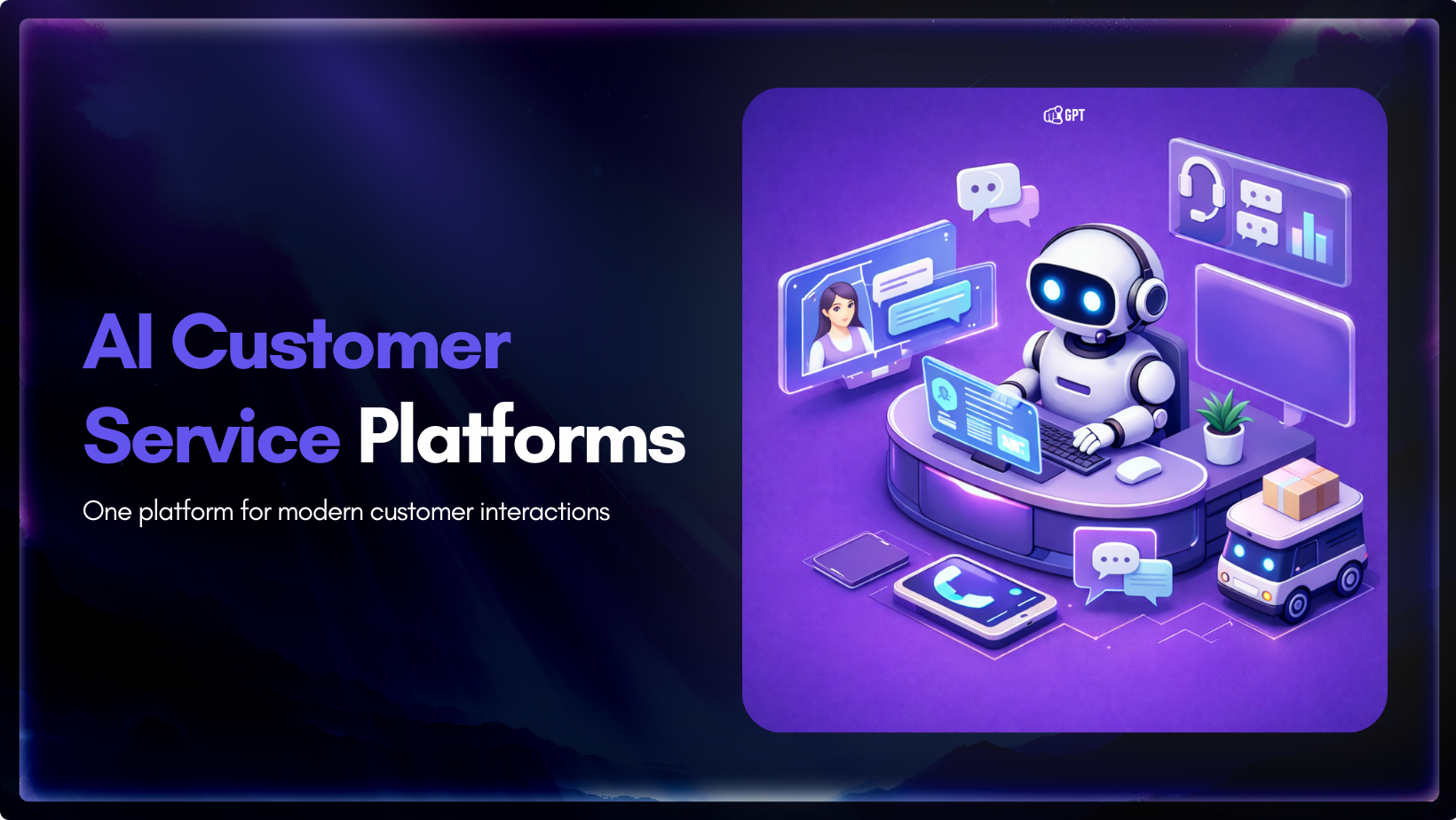
Customer support has become a central part of how modern businesses build trust and long-term relationships with their customers. As products and services grow more complex, support teams play a direct role in shaping the overall customer experience, not just in resolving issues after a sale. Support teams today manage conversations across multiple channels, respond […]

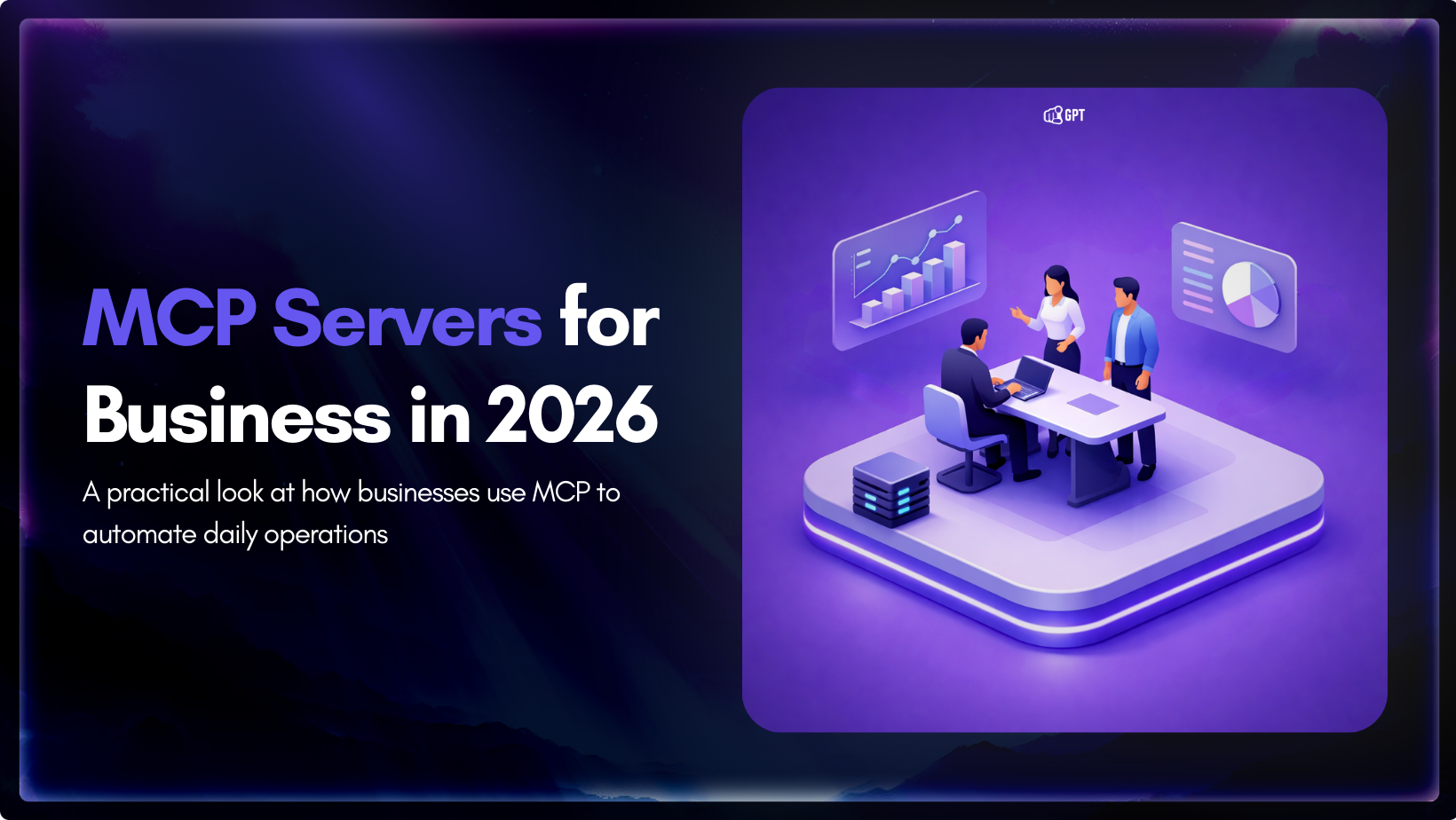
Growth-focused teams move faster when their tools work together instead of competing for attention. Modern development depends on multiple systems to ship code, review changes, monitor services, and access data. Each system serves a purpose, but routine work often means moving between dashboards, scripts, and internal tools. These small transitions shape how consistently a team […]

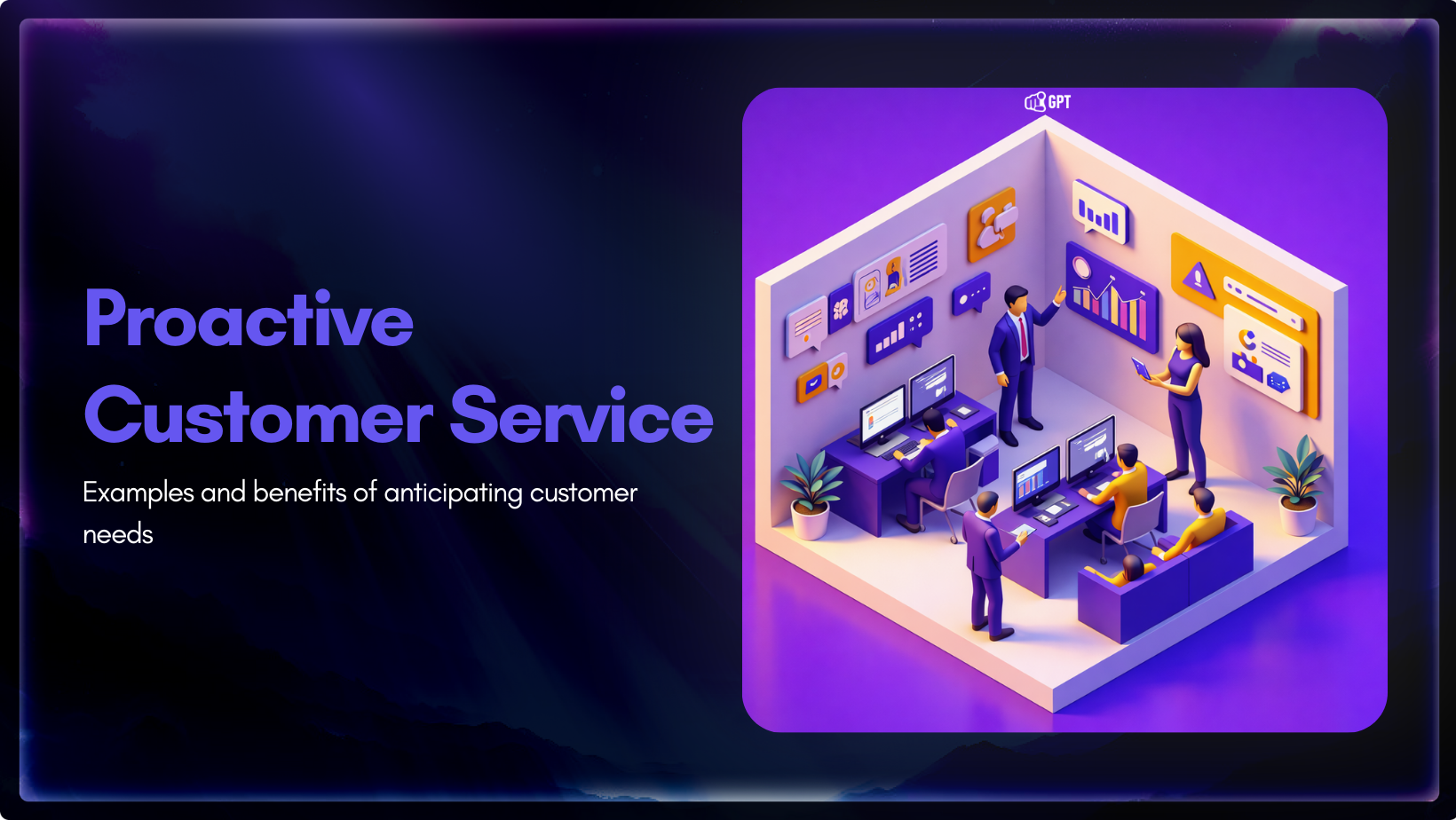
Most customer service moments begin long before a ticket is created. Something feels off. A payment does not go through. A delivery update stops moving. A user gets stuck at the same step and tries again. Customers usually pause, check, retry, and wait before they decide to ask for help. Proactive customer service works inside […]

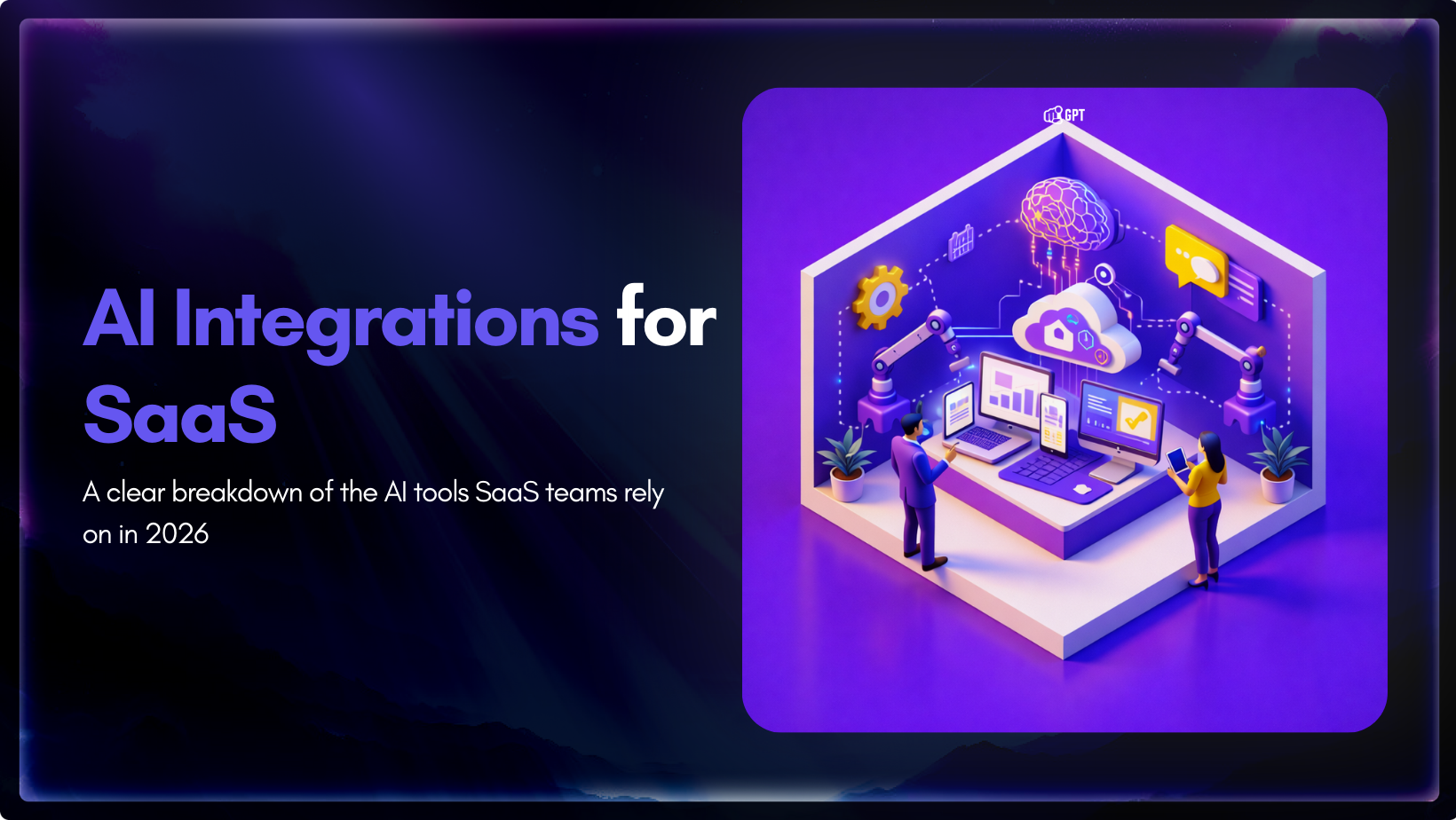
AI has become a core part of how modern SaaS products are built and delivered. In 2026, customers expect intelligent assistance to be available throughout their journey, from onboarding and everyday product usage to support and account management. Inside SaaS teams, AI is increasingly used to speed up workflows, reduce repetitive tasks, and improve how […]

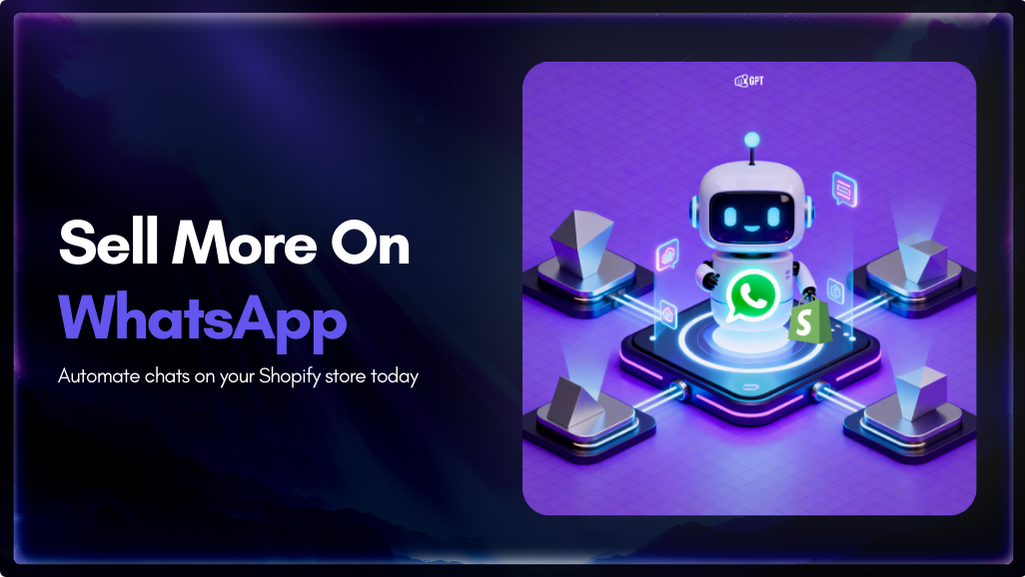
Shopify stores often use a chatbot on their website to handle product questions, order updates, and support. But customers also message on WhatsApp expecting the same quick answers. Most of them already use WhatsApp throughout the day, so reaching out there feels natural. A chatbot that works across both channels responds in seconds, guides purchase […]


Most businesses do not struggle to generate leads. They struggle to know which ones are worth acting on. Forms get filled, DMs arrive, emails are opened, and chats happen across multiple tools. Some prospects convert. Most do not. The real problem is that there is no reliable way to tell, early enough, which signals actually […]
